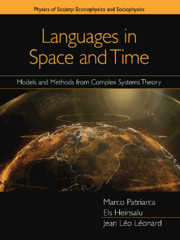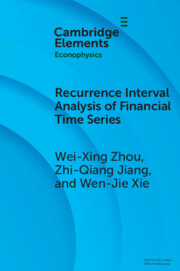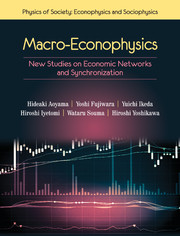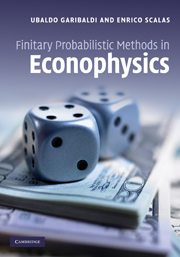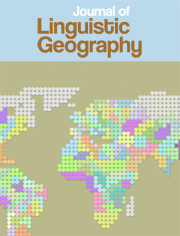Languages in Space and Time
This cross-disciplinary volume provides an overview of how complexity theory and the tools of statistical mechanics can be applied to linguistic problems to help reveal language groups, and to model the evolution and competition of languages in space and time. Illustrated with a series of case studies and worked examples, it presents an interdisciplinary framework to enable researchers from the mathematical, physical and social sciences to collaborate on linguistic problems. It demonstrates the complexity of linguistic databases and provides a mathematical toolkit for analyzing and extracting useful information from them - helping to conceptualize empirical facts better than a mere ethnographic view. Providing an important bridge to facilitate collaboration between linguists and mathematical modelers, this book will stimulate new ideas and avenues for research, and will form a valuable resource for advanced students and academics working across complex systems, sociolinguistics, and language dynamics.
- Shows complexity theory in action through a series of case studies and worked out examples
- Supported with interdisciplinary material helping to fill the gap between linguistics and complex systems theory
Product details
October 2020Hardback
9781108480659
220 pages
246 × 192 × 15 mm
0.51kg
Available
Table of Contents
- Preface
- 1. Introduction
- 2. Language and languages
- 3. Comparison based on string metric
- 4. Historical glottometry
- 5. Introduction to languages dynamics
- 6. Languages evolution models
- 7. Languages competition models
- Bibliography.

